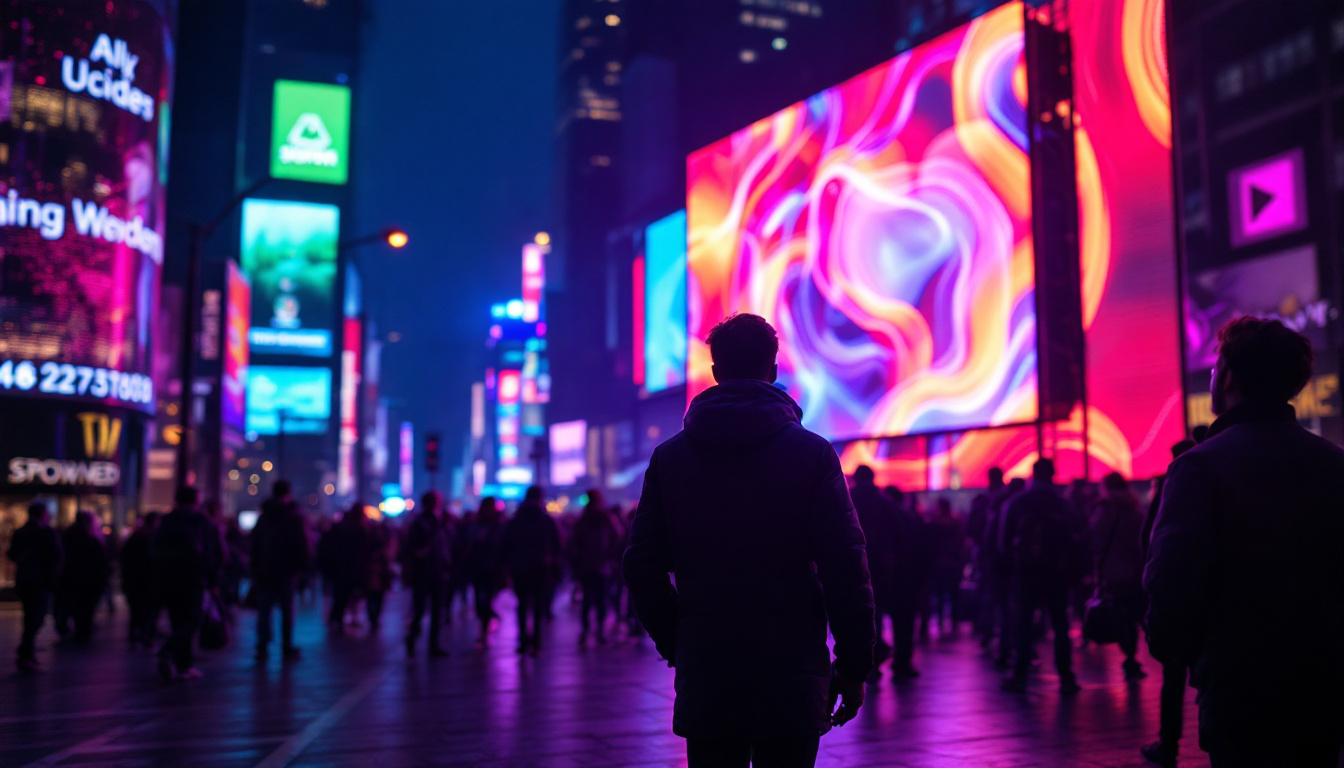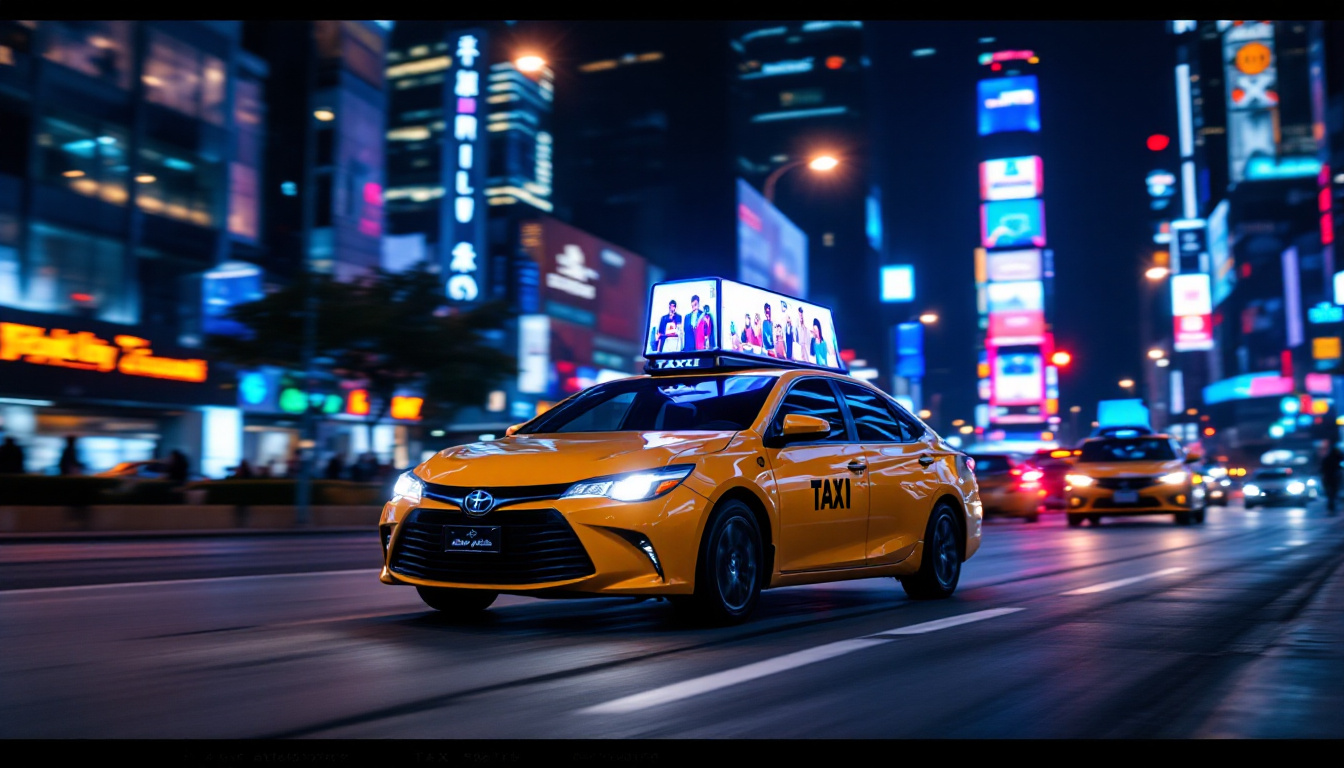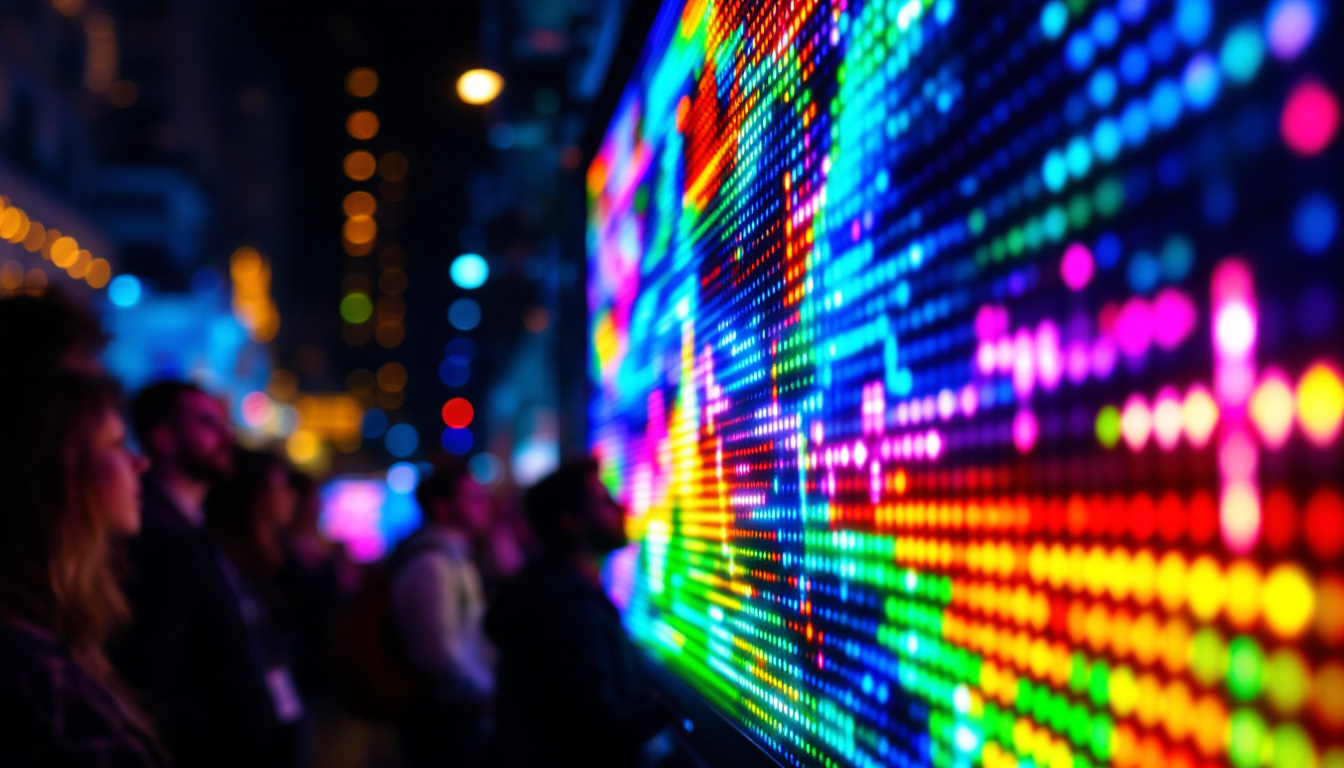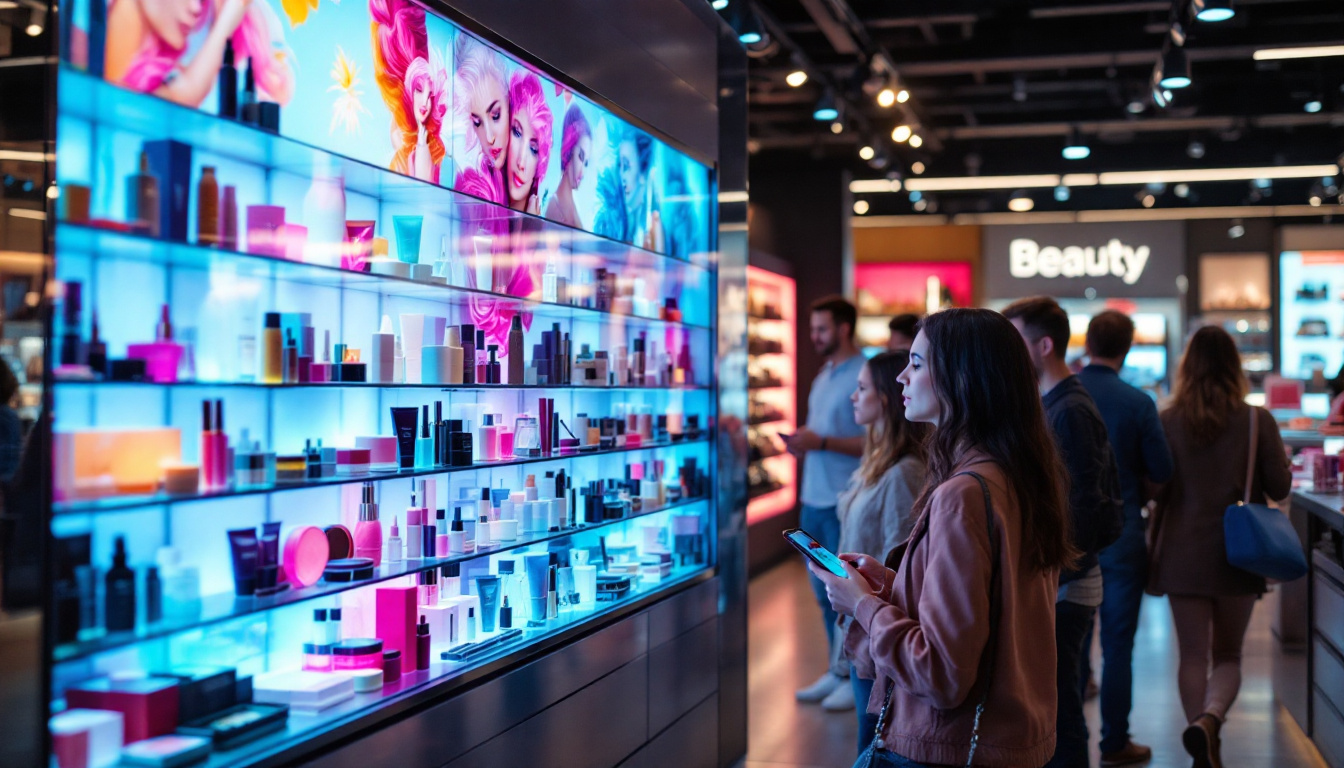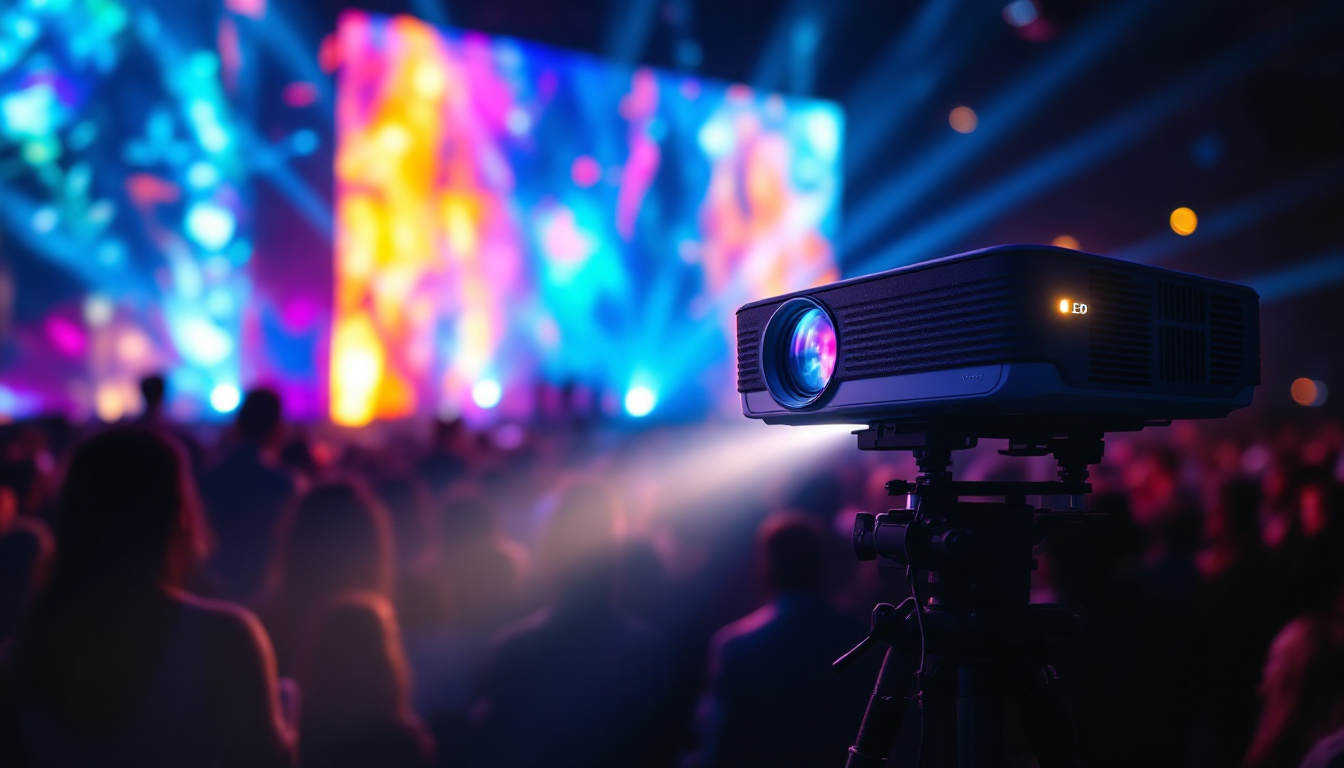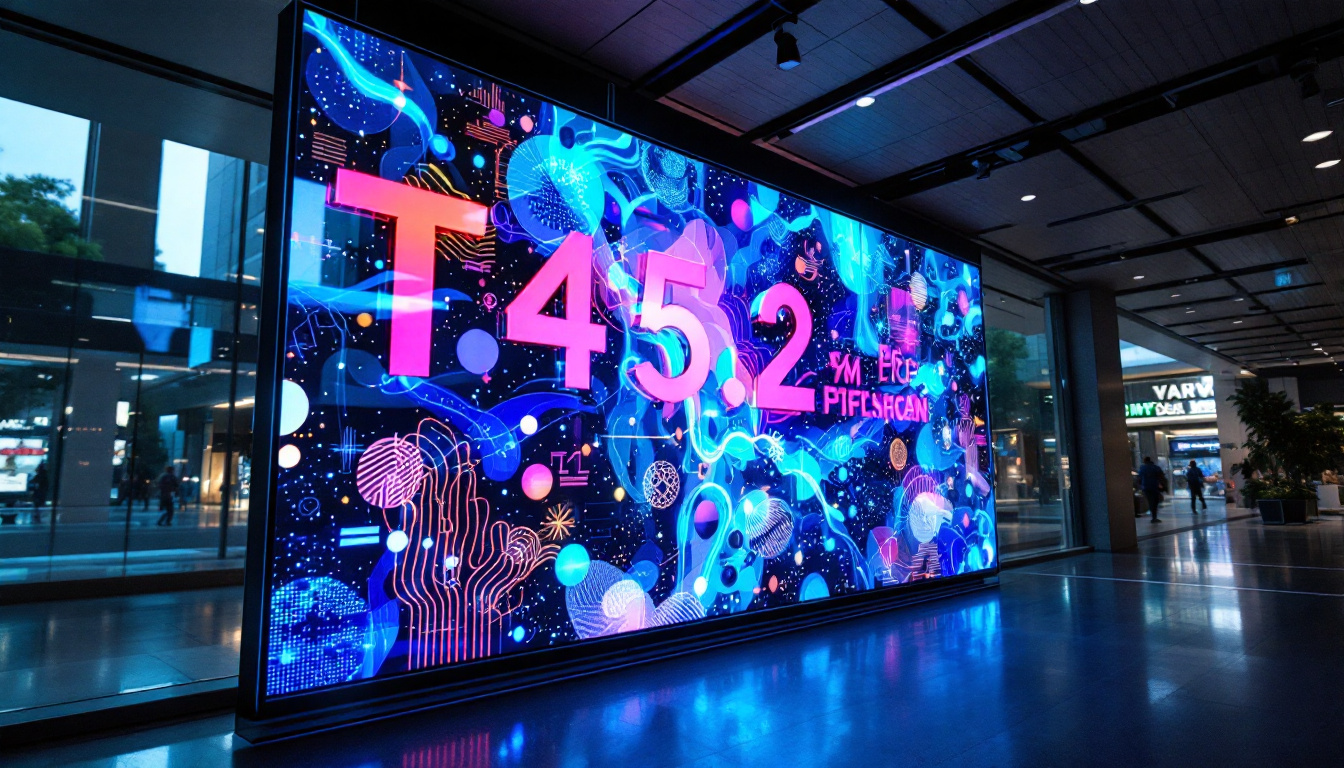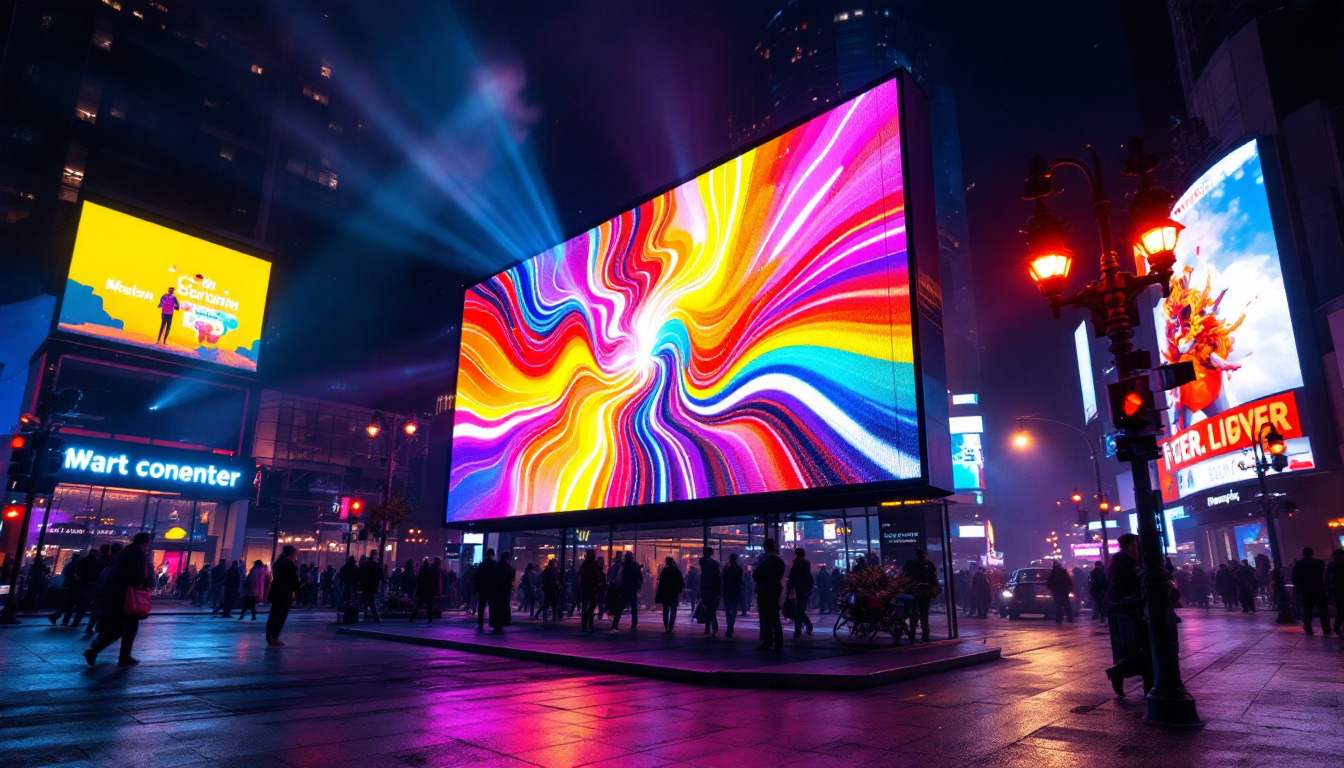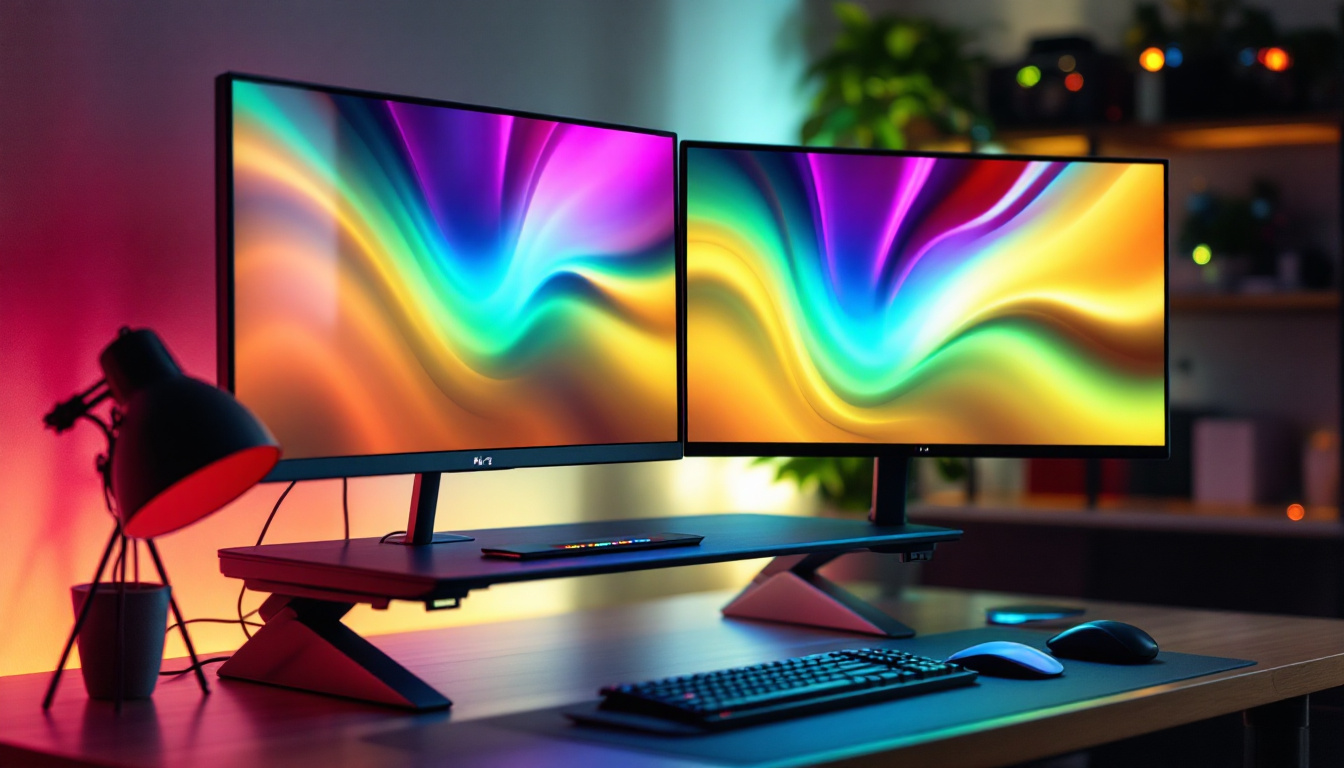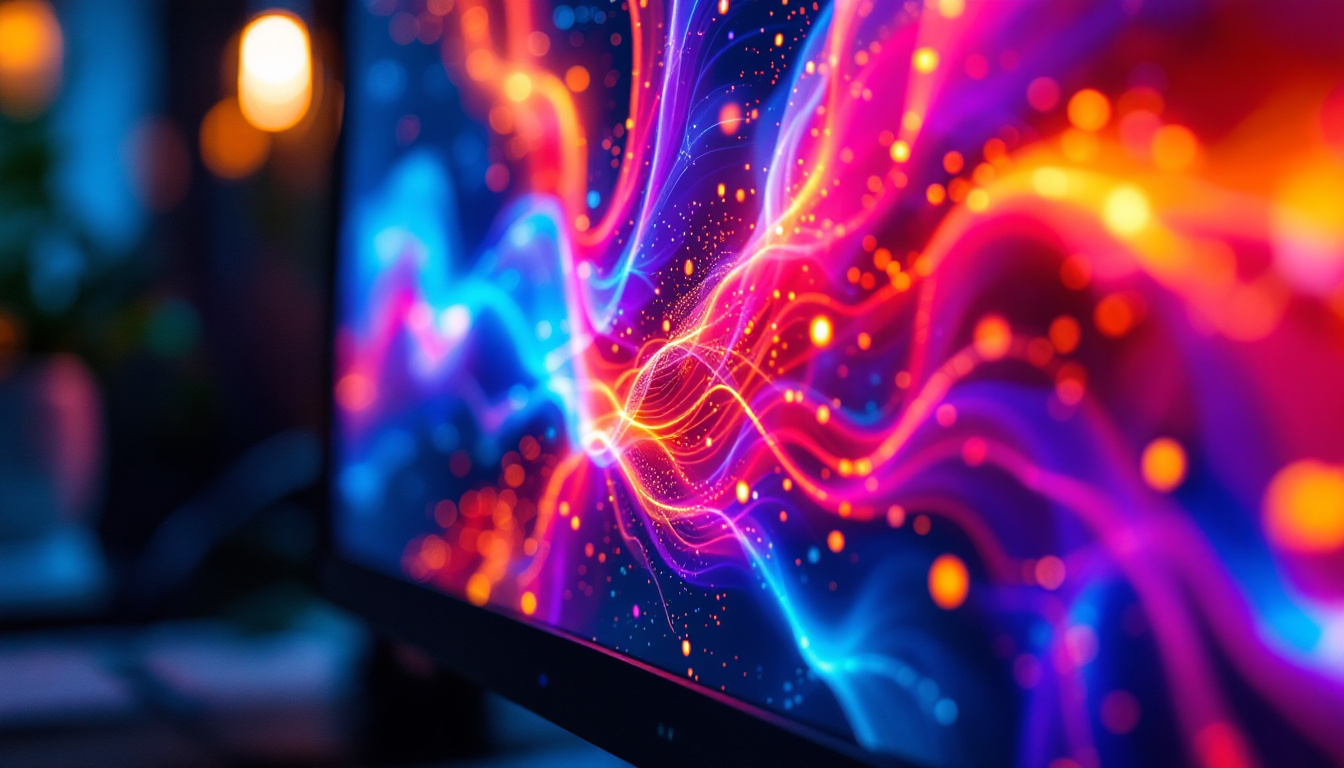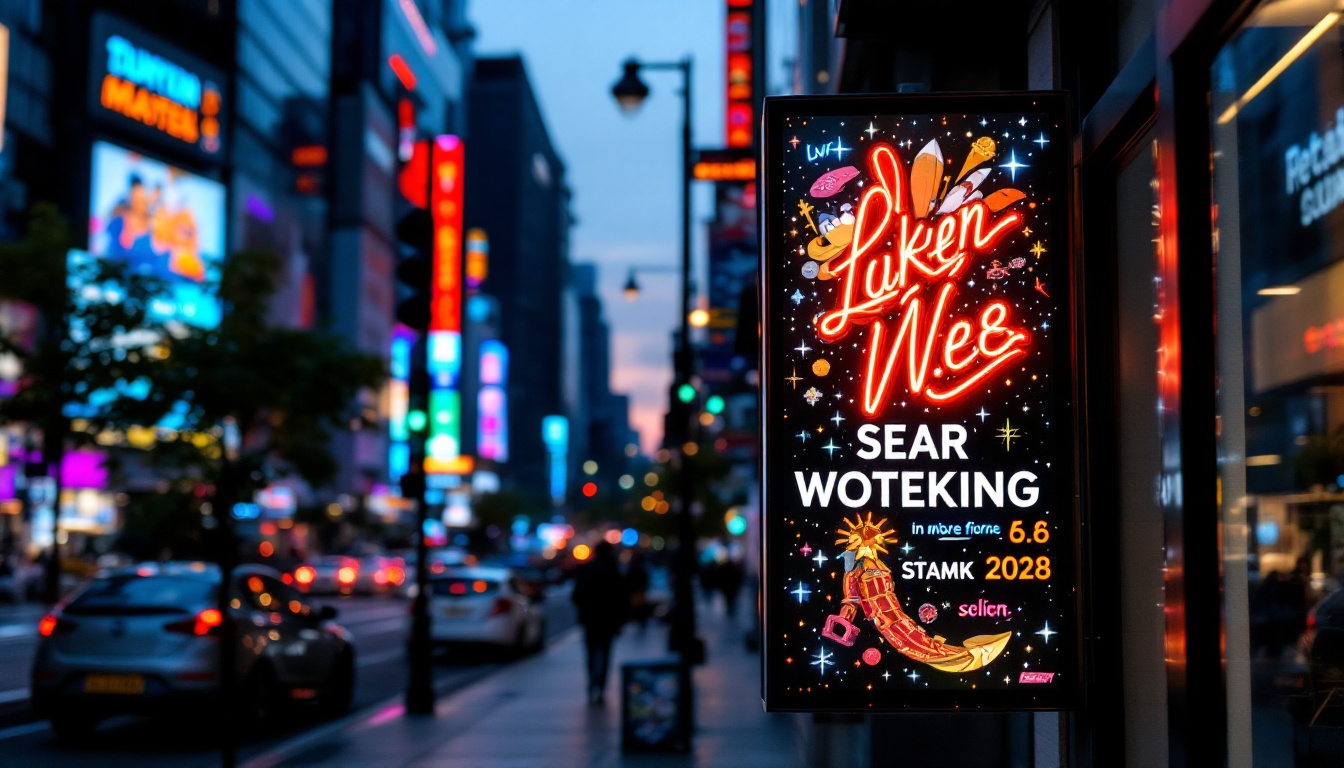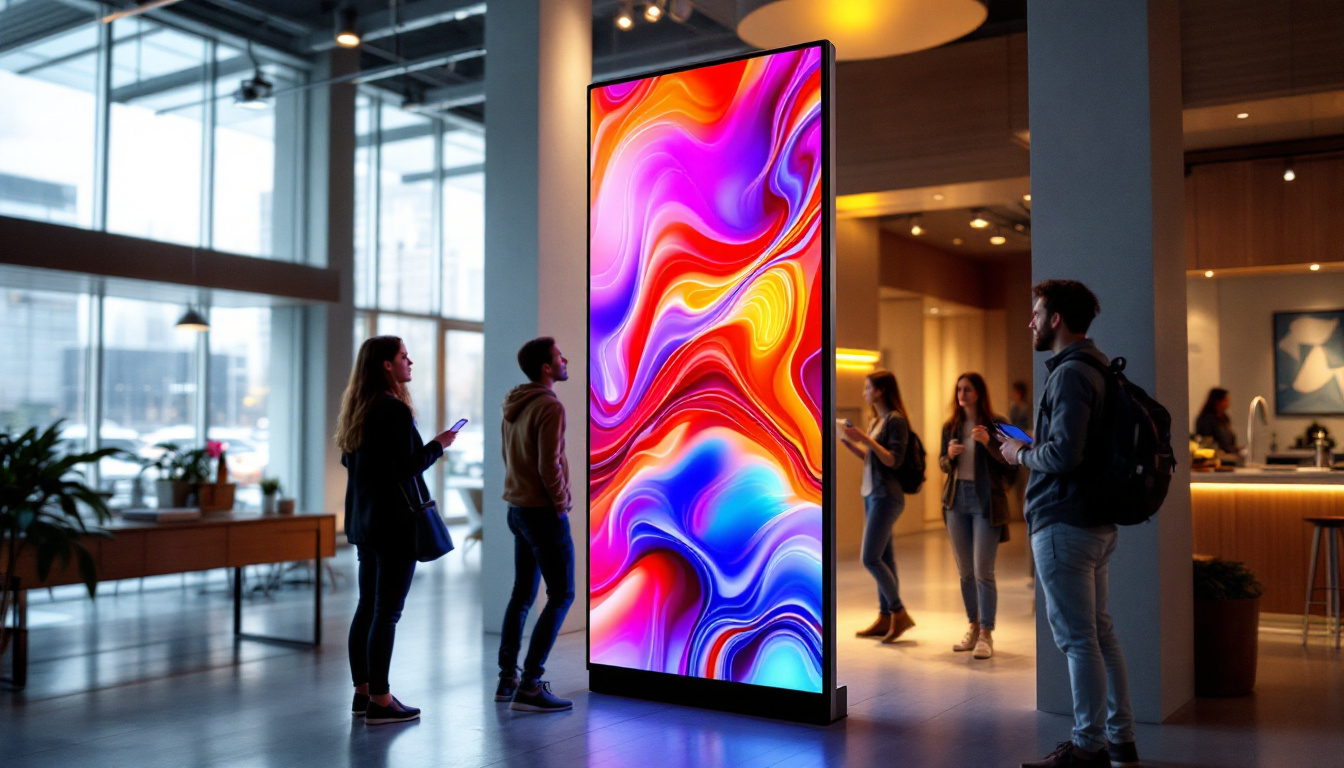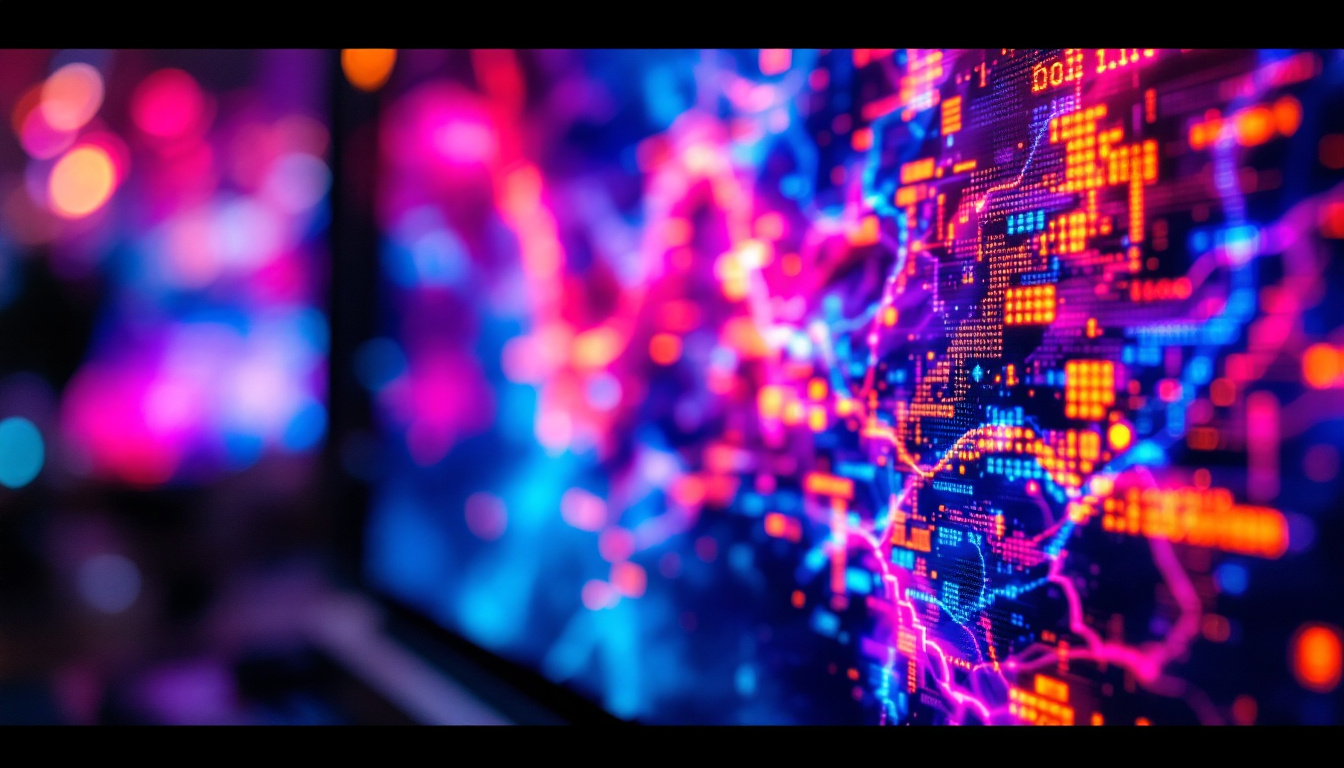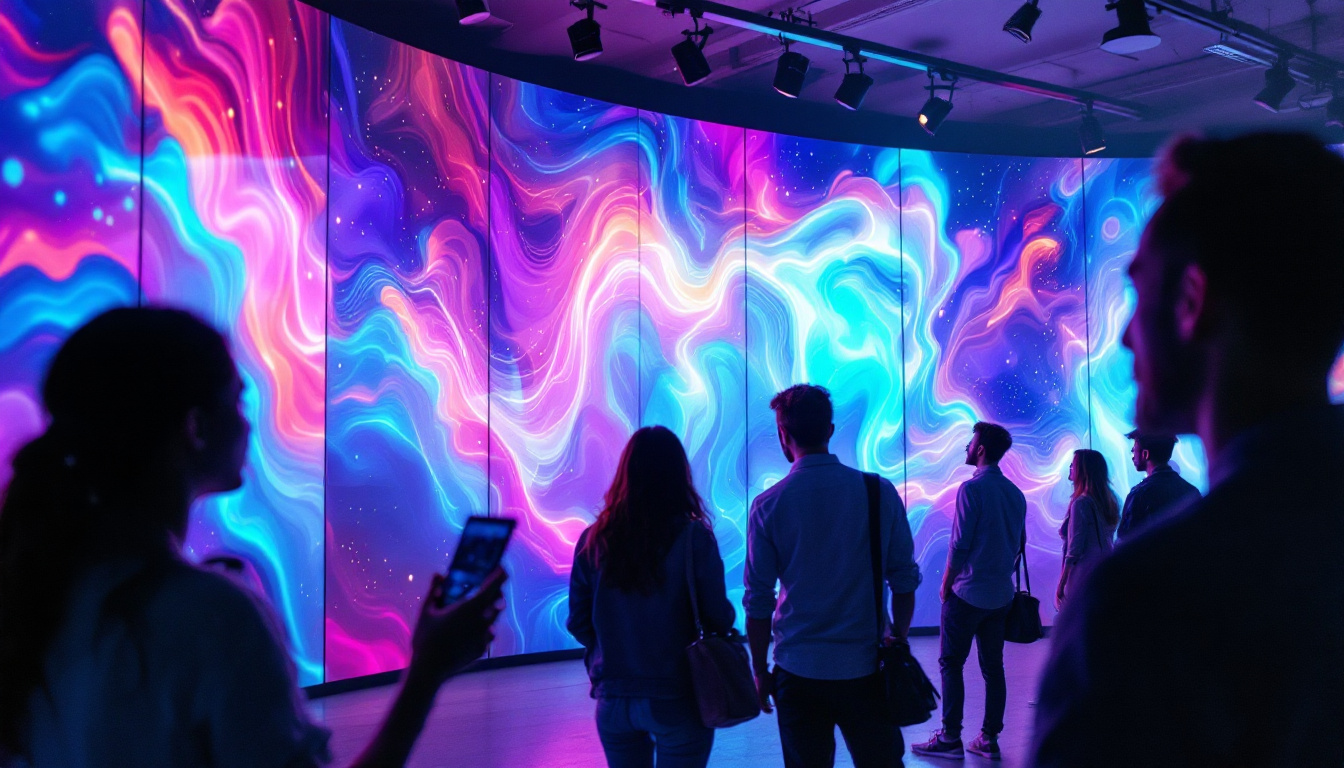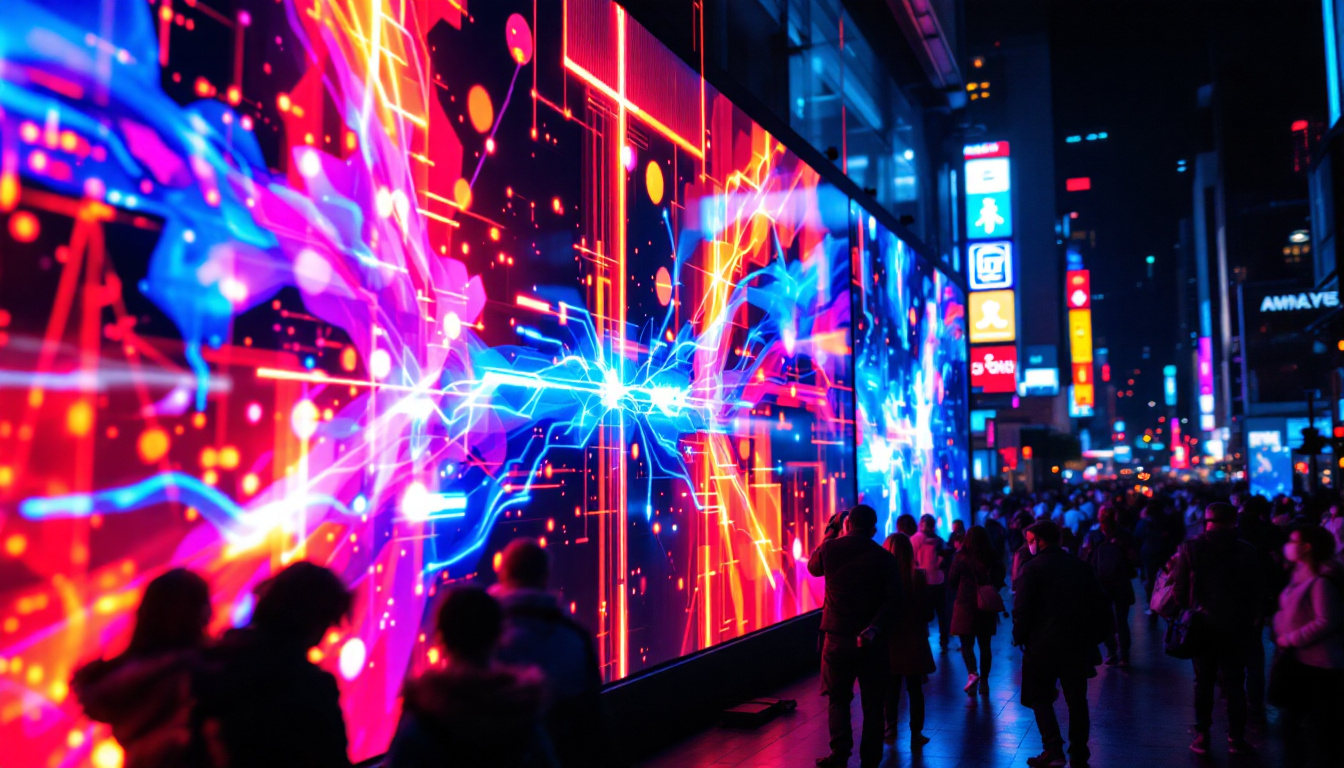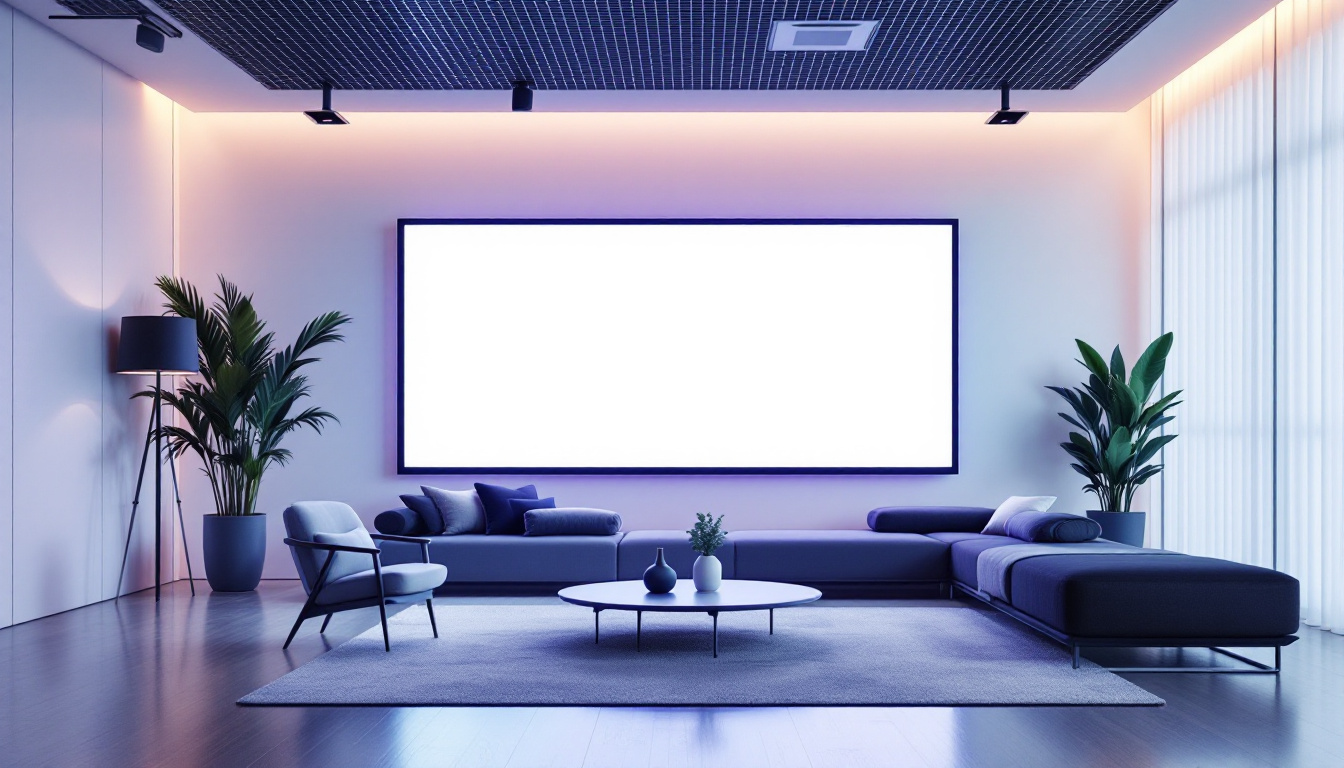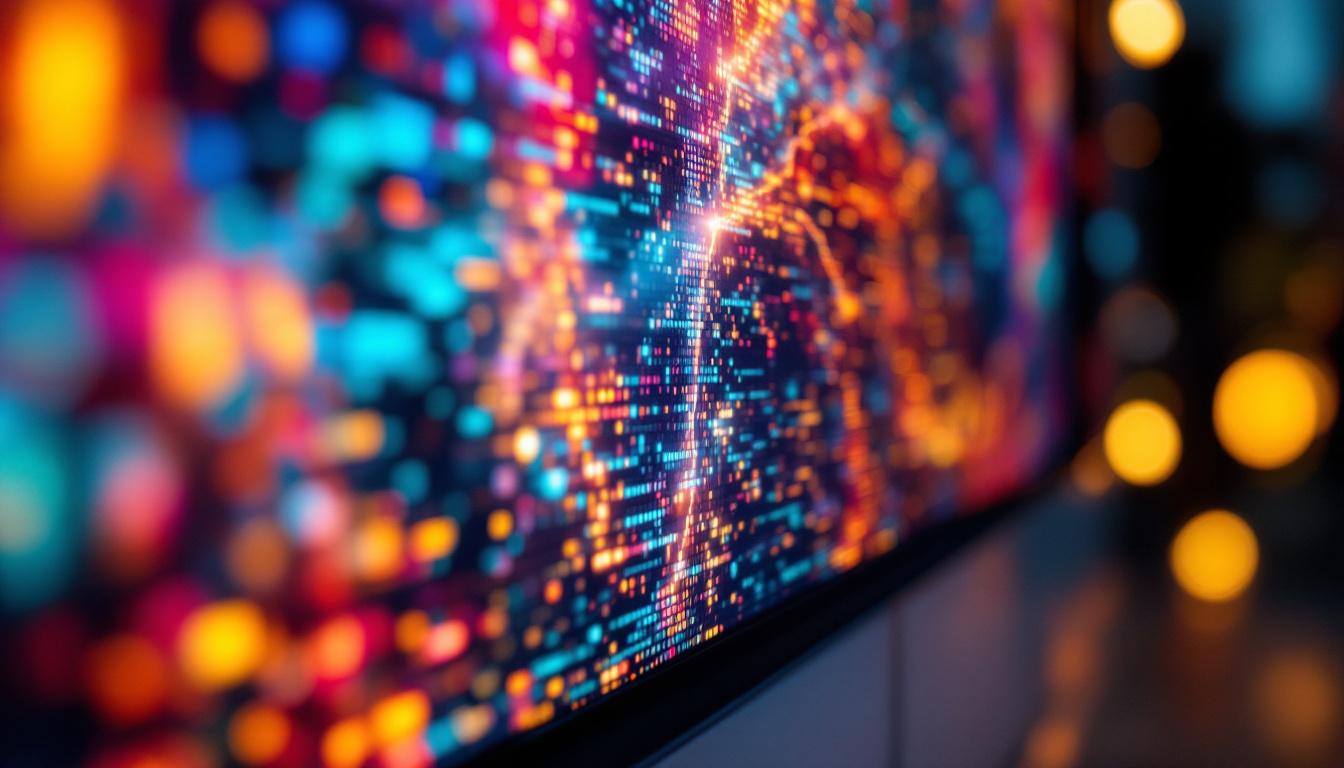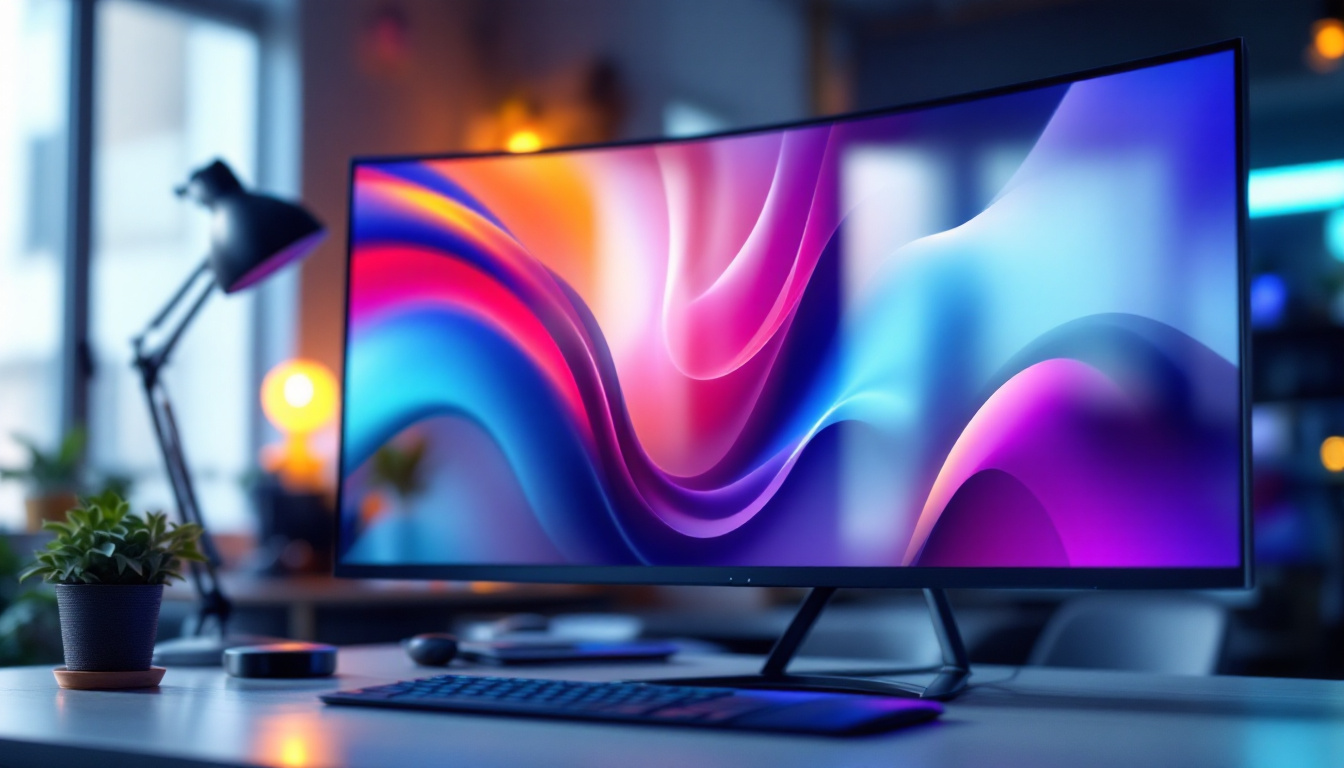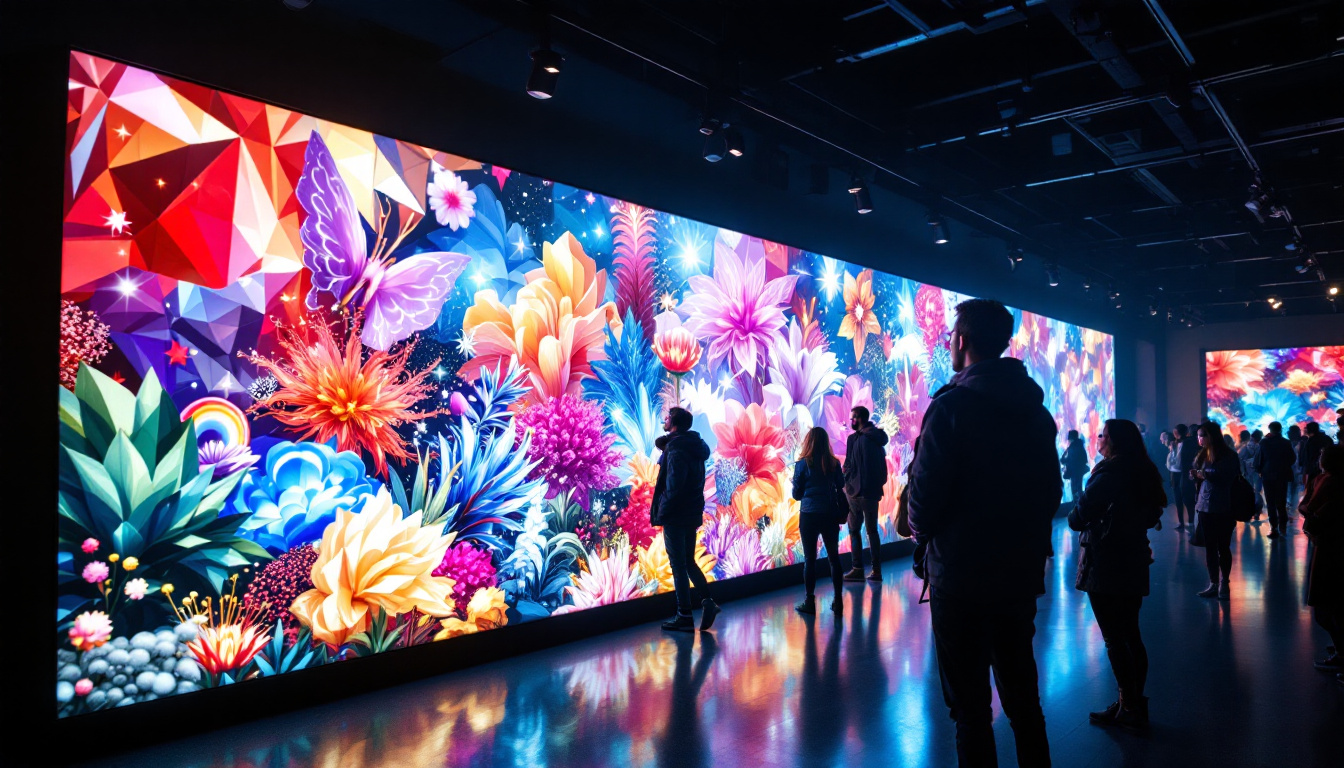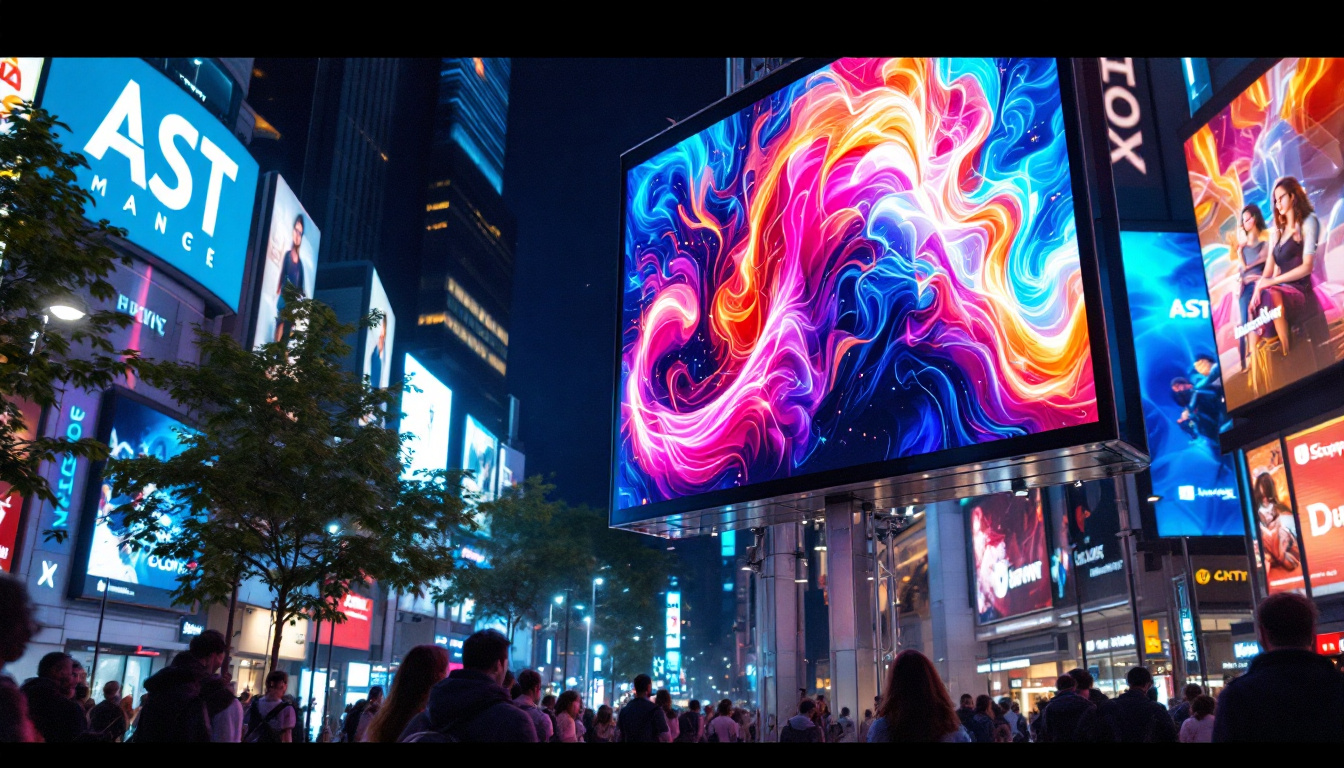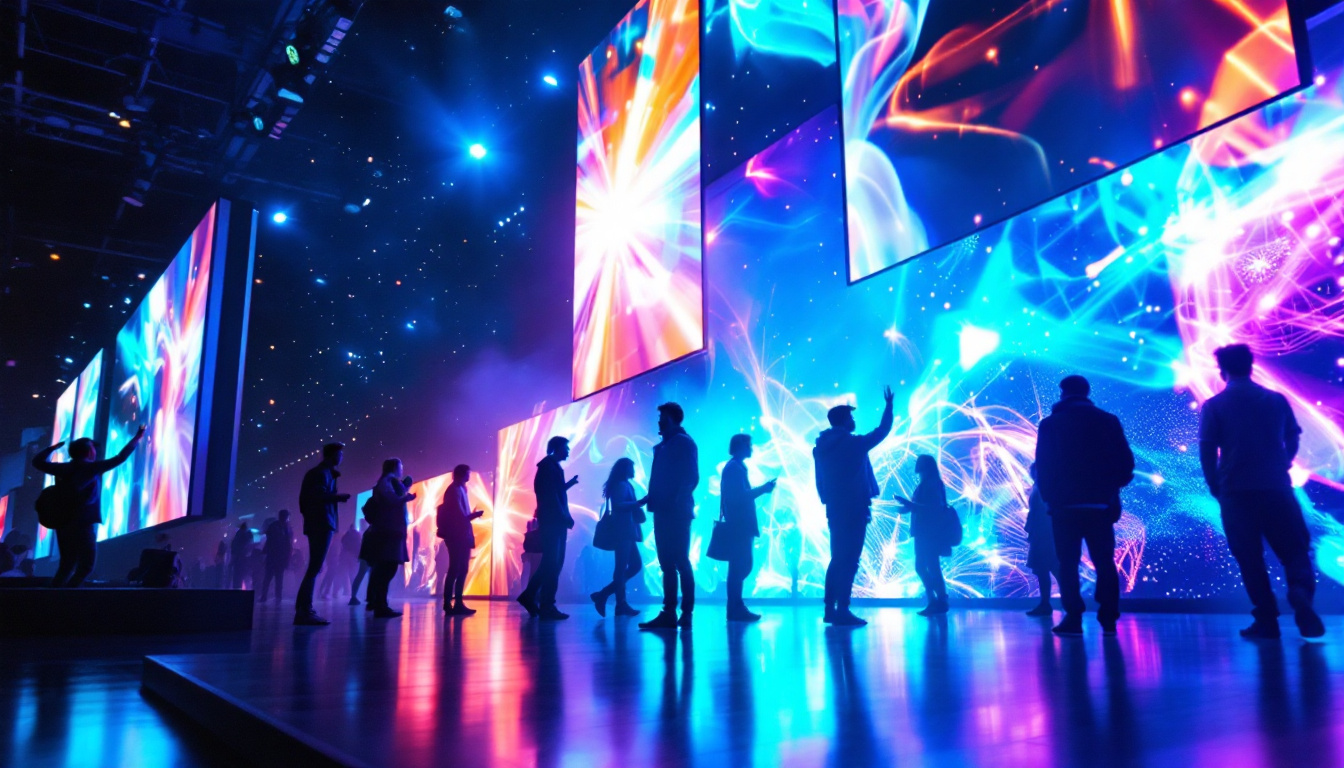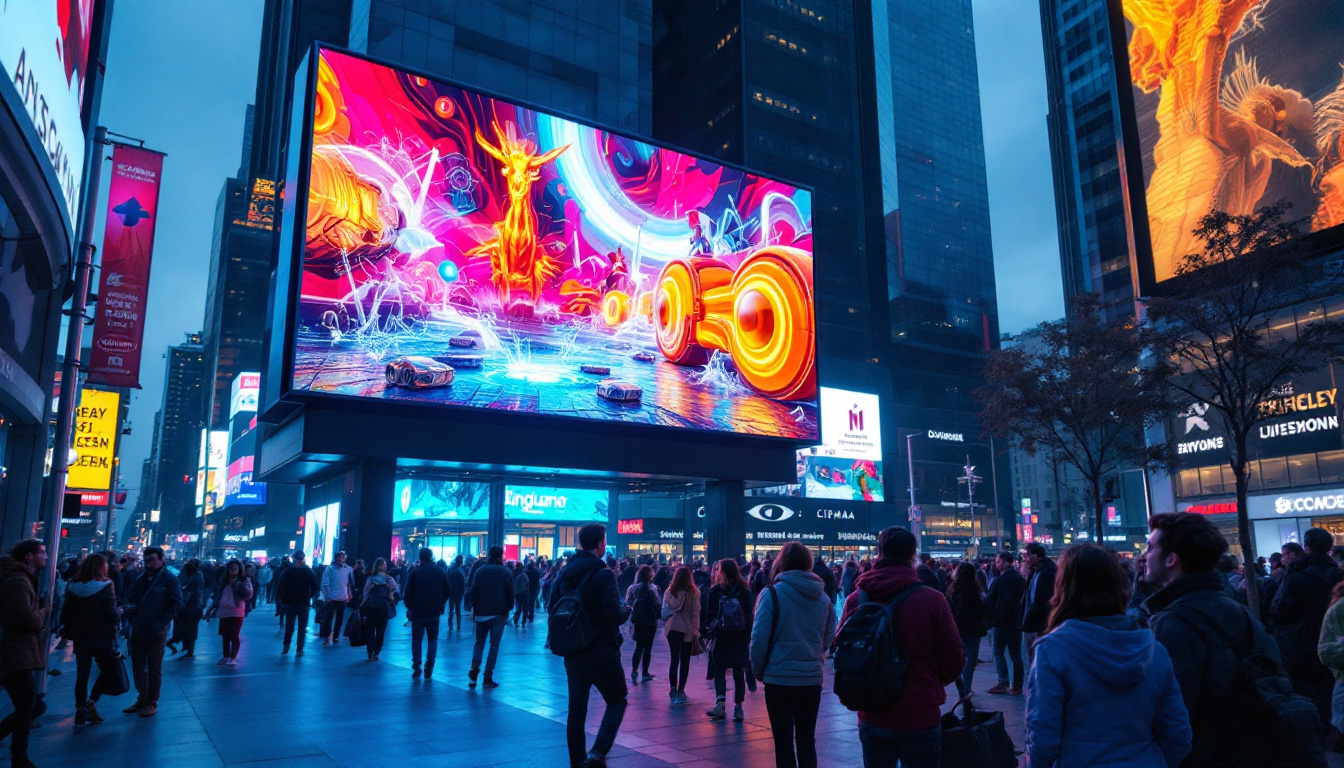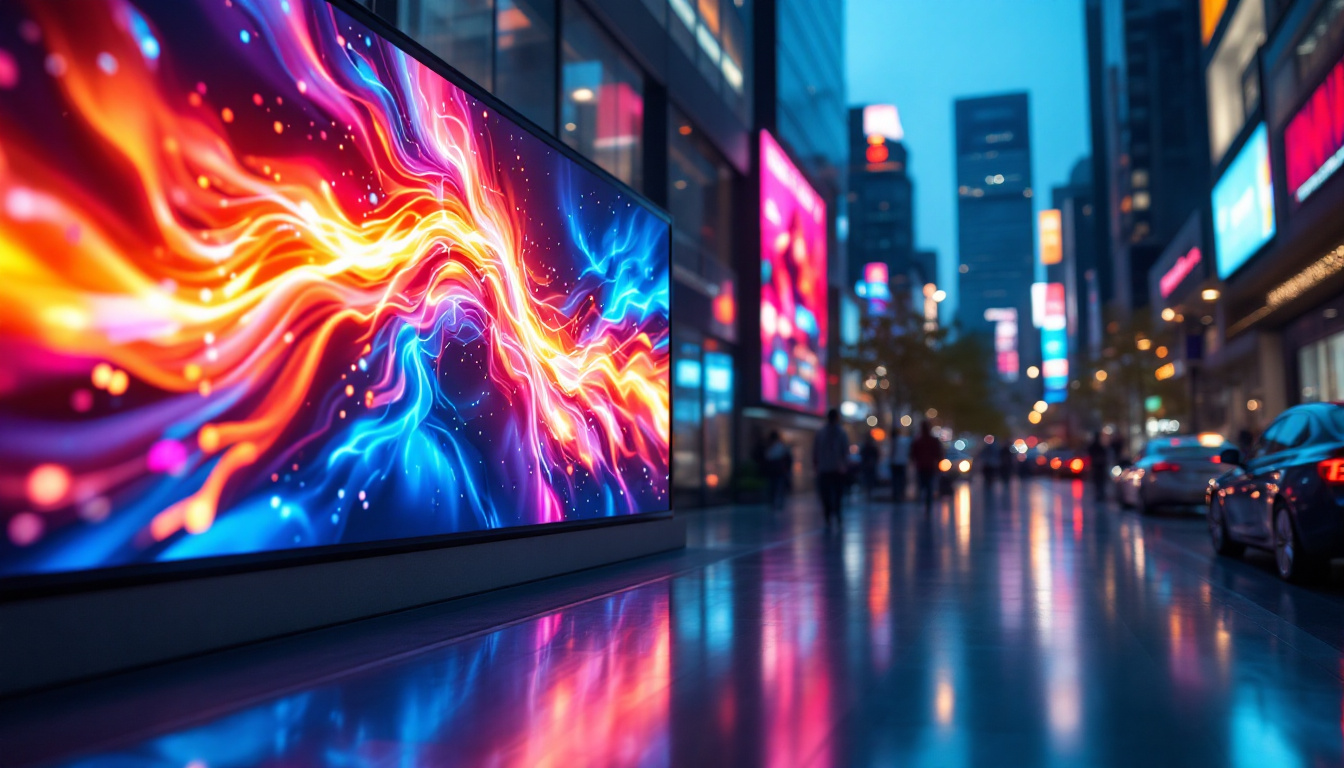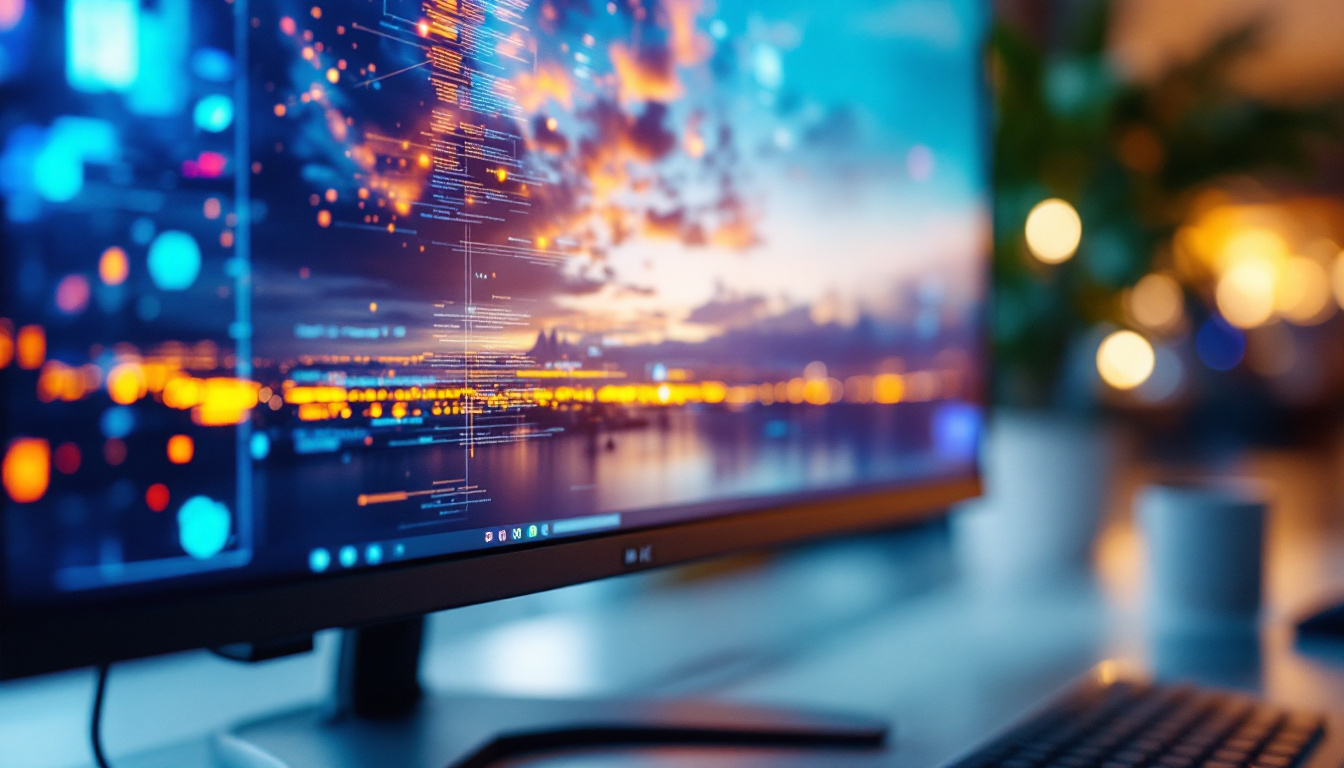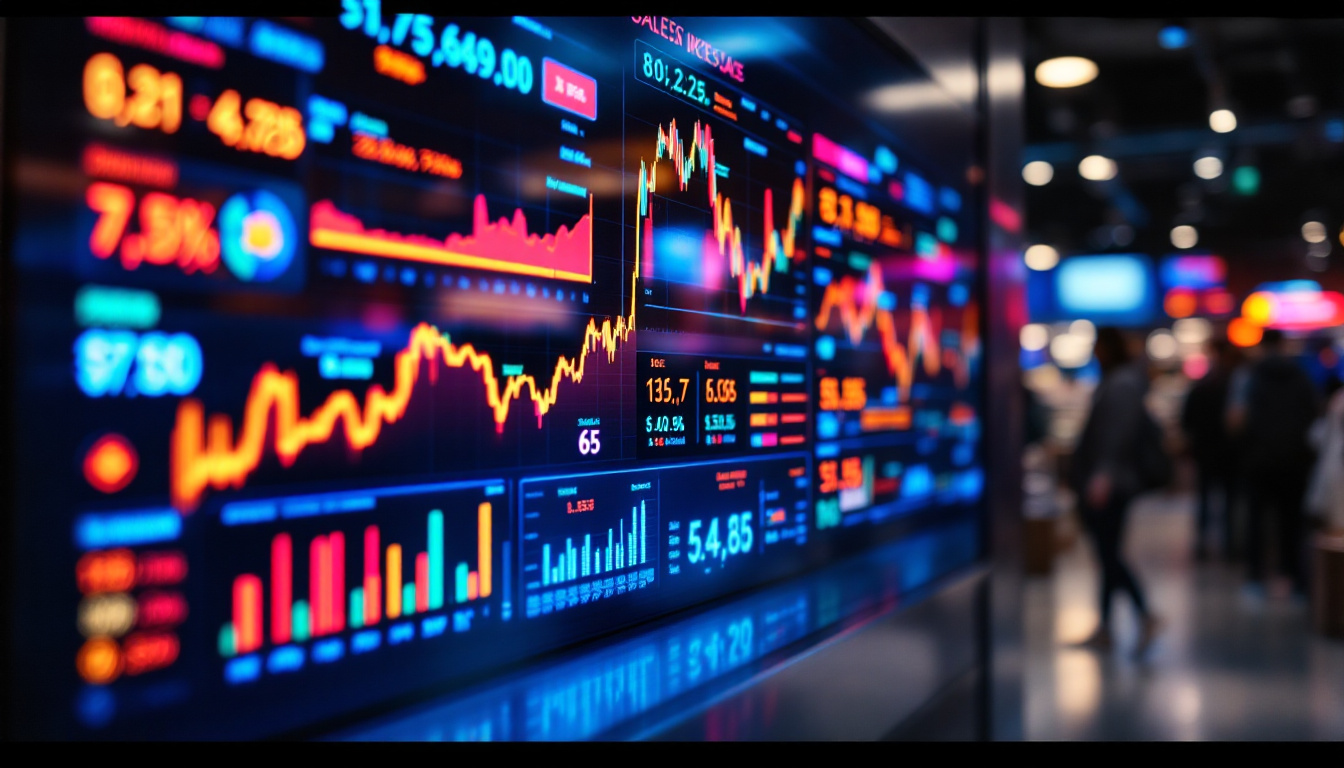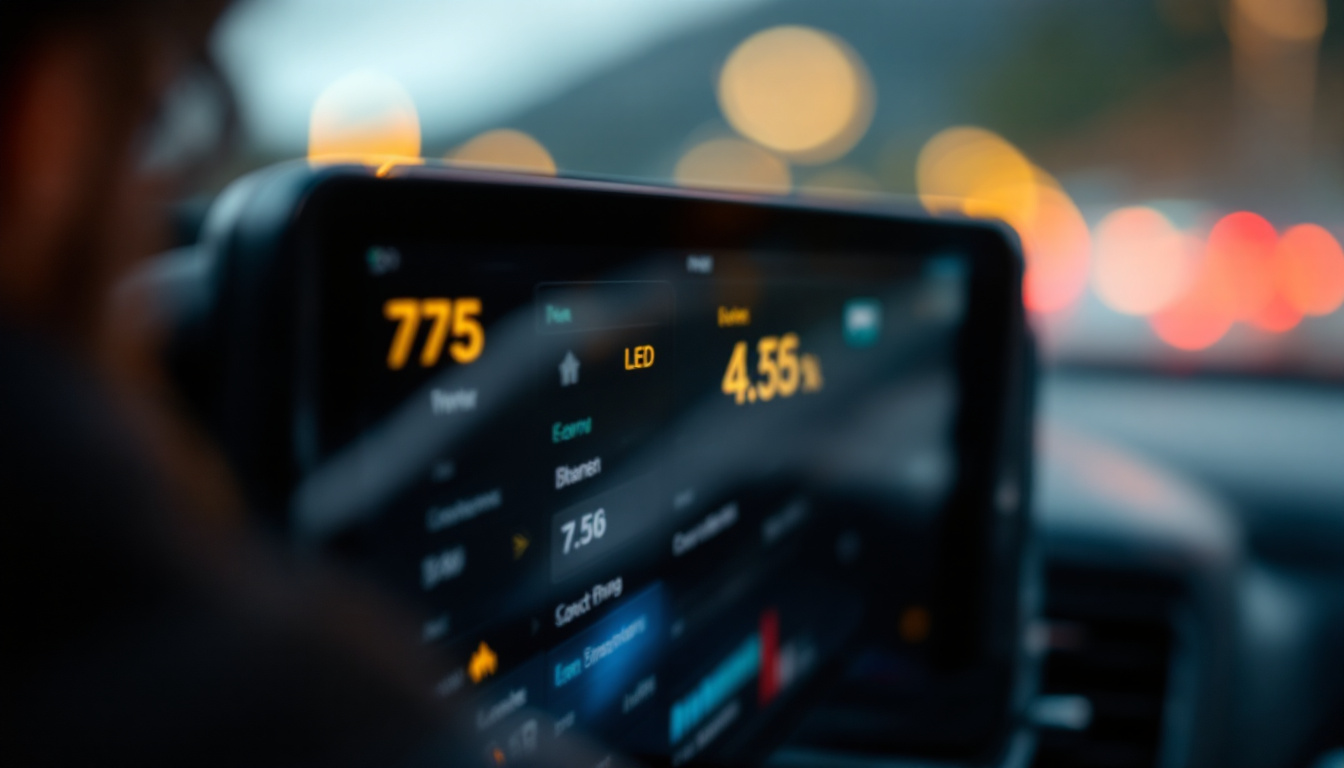In the realm of modern technology, few innovations have transformed visual communication as profoundly as LED displays. These dynamic screens have become ubiquitous in various settings, from advertising billboards to sports arenas and even personal devices. This article delves into the intricacies of LED technology, exploring its mechanisms, applications, and the future it promises.
Understanding LED Technology
Light Emitting Diodes (LEDs) are semiconductor devices that emit light when an electric current passes through them. The simplicity of their design belies the complexity of their functionality. At the heart of every LED display is a matrix of these tiny diodes, which work in unison to create vibrant images and videos. The versatility of LEDs has revolutionized the lighting and display industries, leading to their widespread adoption in everything from household lighting to large-scale advertising displays.
The Basics of LED Operation
When electricity flows through a diode, it excites the electrons within the semiconductor material, causing them to release energy in the form of light. This process is known as electroluminescence. The color of the emitted light depends on the materials used in the diode’s construction. By combining red, green, and blue LEDs, an extensive spectrum of colors can be produced, allowing for the creation of full-color images. Additionally, the efficiency of LEDs means they consume significantly less power compared to traditional incandescent bulbs, making them an environmentally friendly option that contributes to energy savings and reduced carbon footprints.
Types of LED Displays
LED displays come in various forms, each tailored for specific applications. The most common types include:
- Direct View LED (DVLED): These displays are made up of individual LEDs that are visible from the front. They are often used for large outdoor billboards and video walls.
- LED-backlit LCD: This type combines traditional LCD technology with LED backlighting, enhancing brightness and color accuracy.
- Organic LED (OLED): Unlike standard LEDs, OLEDs use organic compounds to emit light, allowing for thinner displays with better contrast and color depth.
Beyond these common types, there are also niche applications of LED technology that are gaining traction. For instance, MicroLED displays, which consist of microscopic LEDs, are emerging as a promising alternative to OLEDs, offering higher brightness and longer lifespans. These displays can be seamlessly tiled together to create large screens without the bezels that typically separate panels. Furthermore, advancements in flexible LED technology are paving the way for creative applications in architecture and design, enabling curved and adaptable displays that can fit into unconventional spaces. As research continues, the potential for LEDs seems boundless, promising even more innovative uses in the future.
Applications of LED Displays
The versatility of LED displays has led to their adoption in numerous fields, revolutionizing how information is conveyed and consumed.
Advertising and Marketing
One of the most visible applications of LED technology is in advertising. Digital billboards and signage utilize LED displays to capture attention with bright, dynamic content. Their ability to display high-resolution images and videos makes them ideal for marketing campaigns, allowing brands to engage audiences in innovative ways. Moreover, the programmability of these displays enables advertisers to tailor their messages based on time of day, audience demographics, or even current events, ensuring that their content remains relevant and impactful. This adaptability not only maximizes engagement but also allows for real-time updates, making it possible for businesses to respond swiftly to market trends and consumer behavior.
Entertainment and Events
In the entertainment industry, LED displays have become essential for concerts, festivals, and sporting events. Large-scale video walls enhance the viewer experience, providing real-time visuals that keep audiences engaged. The flexibility of LED technology allows for creative stage designs and immersive environments that were previously unattainable. For instance, the use of LED panels in theatrical productions can transform a simple stage into a vibrant, dynamic setting, seamlessly integrating visuals with live performances. Additionally, LED displays are increasingly being used for interactive experiences, where audience members can participate and influence the show through their mobile devices, creating a more personalized and memorable experience.
Transportation and Public Information
LED displays are also widely used in transportation systems, providing real-time information to commuters. From arrival and departure boards at airports and train stations to digital signage on buses and subways, these displays enhance the efficiency of public transport by delivering timely updates and alerts. Beyond mere scheduling, LED screens can also convey important safety information, such as emergency alerts or weather updates, ensuring that passengers are well-informed during their travels. Furthermore, the integration of LED technology in transportation is paving the way for smart city initiatives, where data from various sources can be displayed in real-time, improving overall urban mobility and enhancing the commuting experience for everyone involved.
Advantages of LED Displays
LED technology offers numerous advantages over traditional display technologies, making it a preferred choice for many applications.
Energy Efficiency
One of the standout features of LED displays is their energy efficiency. Compared to older technologies like incandescent or fluorescent lighting, LEDs consume significantly less power. This not only reduces operational costs but also contributes to environmental sustainability, making them an eco-friendly option for businesses. Furthermore, the reduced energy consumption translates into lower heat generation, which can enhance the overall performance and lifespan of the display systems, as they are less prone to overheating issues that can plague other types of displays.
Longevity and Durability
LED displays are designed to last. With a lifespan that can exceed 50,000 hours, they require less frequent replacements than traditional displays. Additionally, LEDs are more resistant to shock and vibration, making them suitable for outdoor use and in high-traffic areas. This robustness is particularly beneficial for venues that host events or exhibitions, where displays are often moved or adjusted. The durability of LED technology also means that maintenance costs are significantly lower over time, allowing businesses to allocate resources to other areas instead of frequent repairs or replacements.
High Brightness and Contrast
LED displays excel in brightness and contrast, making them easily viewable in various lighting conditions. This is particularly important for outdoor applications where sunlight can wash out images on traditional screens. The ability to maintain clarity and vibrancy in bright environments is a significant advantage for advertisers and event organizers. Additionally, the superior contrast ratios of LED displays enhance the viewing experience by providing deeper blacks and more vivid colors, which can captivate audiences and draw attention more effectively than other display technologies. This capability is especially useful in settings such as concerts, sports events, and public announcements, where visibility is crucial for engagement.
Versatility in Applications
Another remarkable advantage of LED displays is their versatility across various applications. From large-scale billboards to small indoor screens, LEDs can be tailored to meet specific needs. Their modular design allows for creative configurations, enabling businesses to create unique shapes and sizes that fit their branding requirements. This flexibility is not limited to advertising; LED displays are also widely used in educational institutions for interactive learning, in retail environments for dynamic product showcases, and in transportation hubs for real-time information dissemination. The adaptability of LED technology ensures that it can cater to a wide range of industries, enhancing communication and engagement in diverse settings.
Challenges and Considerations
Despite their many benefits, LED displays are not without challenges. Understanding these can help users make informed decisions when investing in this technology.
Initial Costs
The initial investment for LED technology can be substantial. While prices have decreased over the years, high-quality LED displays still represent a significant upfront cost. Businesses must weigh this against the long-term savings associated with energy efficiency and durability.
Heat Management
LEDs generate heat during operation, which can affect performance if not properly managed. Effective thermal management systems are essential to maintain optimal operating conditions and prolong the lifespan of the display. This may require additional investment in cooling solutions, particularly for large installations.
Viewing Angles
While LED displays offer excellent brightness, their viewing angles can be limited, especially in certain configurations. This can lead to color distortion or reduced visibility when viewed from extreme angles. Understanding the specific application and audience layout is crucial for optimizing display placement.
The Future of LED Technology
The future of LED technology is bright, with ongoing advancements promising to enhance performance and expand applications.
MicroLED and MiniLED Innovations
Emerging technologies such as MicroLED and MiniLED are set to revolutionize the display landscape. MicroLED technology utilizes tiny individual LEDs to create high-resolution displays with exceptional color accuracy and contrast. This innovation opens the door to new possibilities in screen size and form factor, allowing for ultra-thin, flexible displays.
Integration with Smart Technology
As the Internet of Things (IoT) continues to evolve, LED displays are increasingly being integrated with smart technology. This allows for real-time data updates, remote management, and enhanced interactivity. Businesses can leverage this technology to create personalized experiences for customers, further blurring the lines between digital and physical environments.
Environmental Sustainability
With growing concerns about environmental impact, the future of LED technology will likely focus on sustainability. Innovations in materials and manufacturing processes aim to reduce waste and enhance recyclability. As consumers become more environmentally conscious, businesses that prioritize sustainable practices will find themselves at a competitive advantage.
Conclusion
LED displays have undeniably transformed the landscape of visual communication, offering unparalleled benefits in terms of energy efficiency, longevity, and versatility. As technology continues to advance, the potential applications and capabilities of LED displays will only expand. Understanding the intricacies of this innovative technology is essential for businesses and individuals looking to harness its power effectively.
In a world increasingly driven by visual content, LED displays will play a pivotal role in shaping how information is shared and experienced. From advertising to entertainment, the impact of this technology will continue to resonate across various sectors, paving the way for a more vibrant and engaging future.
Explore Cutting-Edge LED Displays with LumenMatrix
Ready to elevate your visual communication with the latest in LED display technology? Discover LumenMatrix’s comprehensive range of innovative solutions, from Indoor and Outdoor LED Wall Displays to specialized options like Vehicle, Sports, and Floor LED Displays. Whether you’re looking to create an immersive experience with a Custom LED Display or seeking the convenience of an All-in-One solution, LumenMatrix is your partner in crafting engaging and memorable visual narratives. Embrace the future of vibrant and energy-efficient signage with LumenMatrix’s state-of-the-art LED Transparent Displays. Check out LumenMatrix LED Display Solutions today and transform your space into a dynamic canvas.

